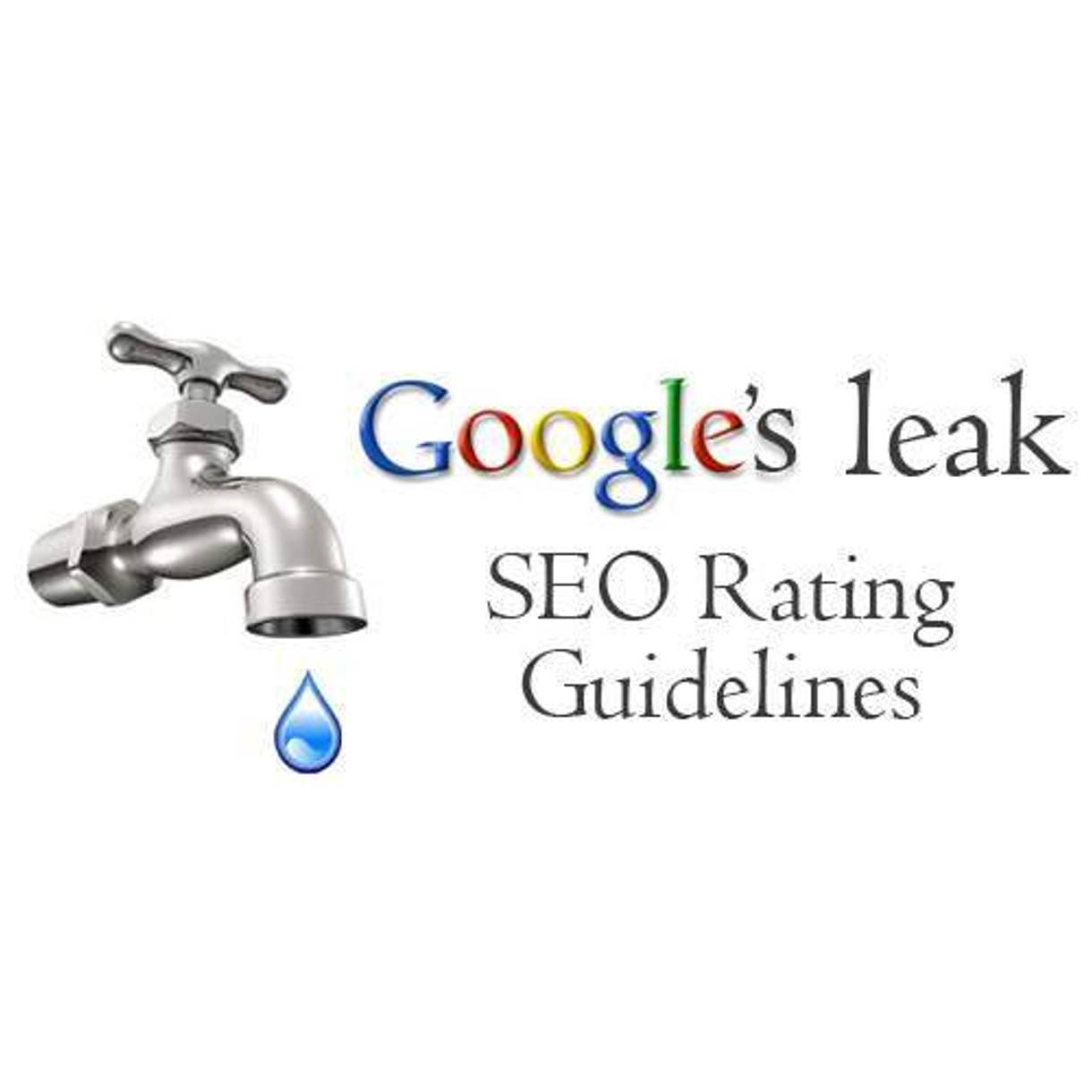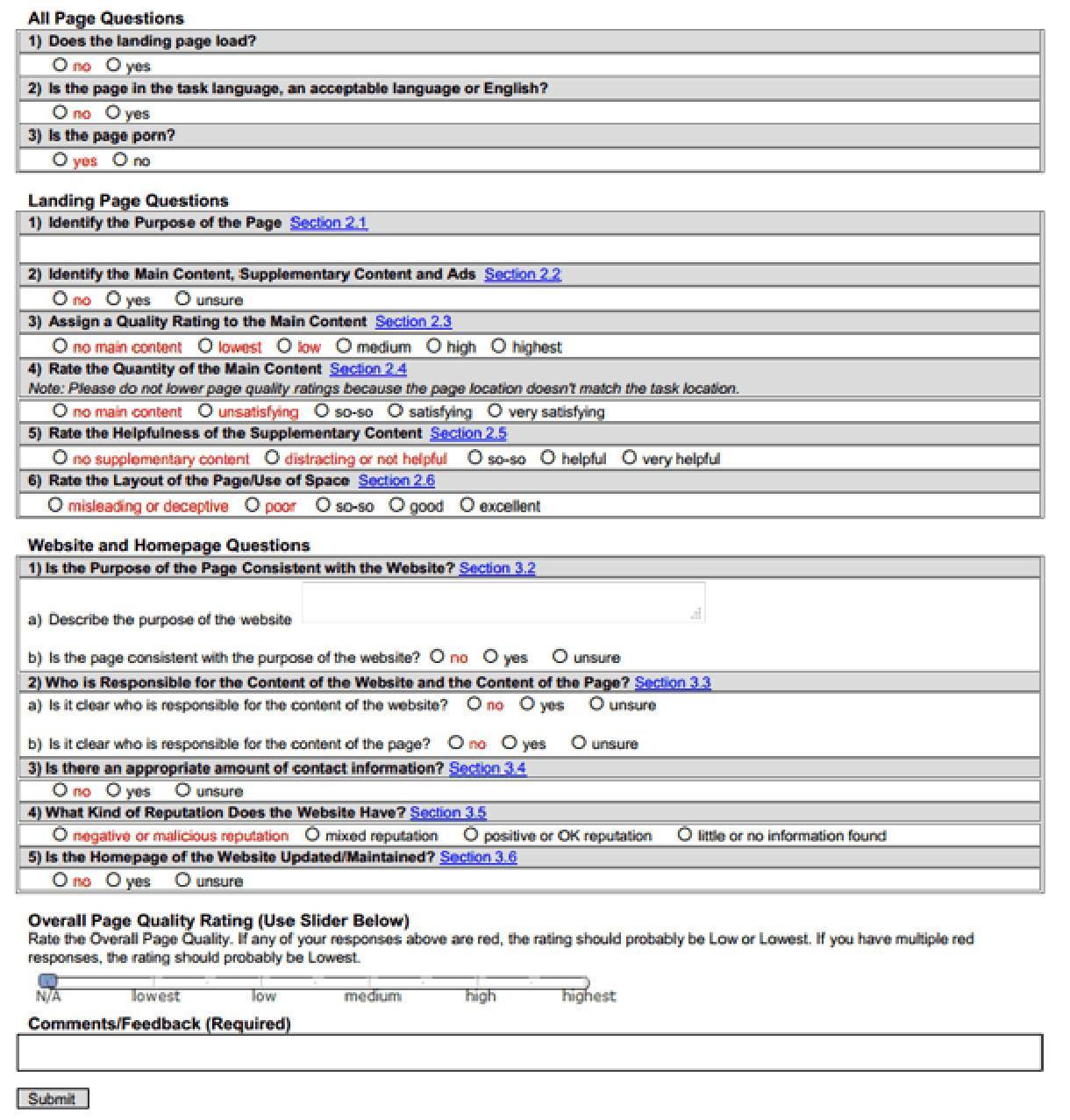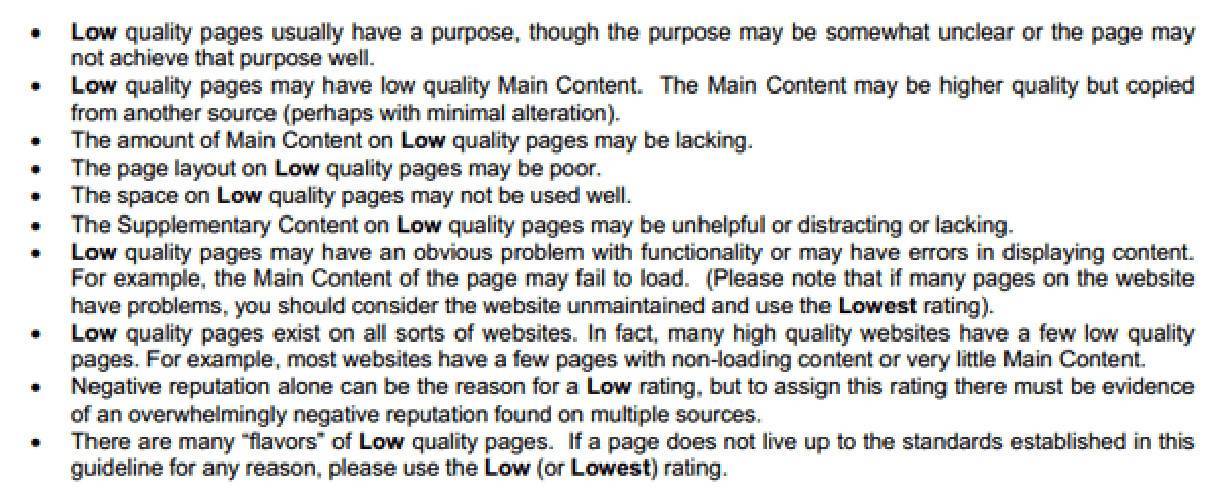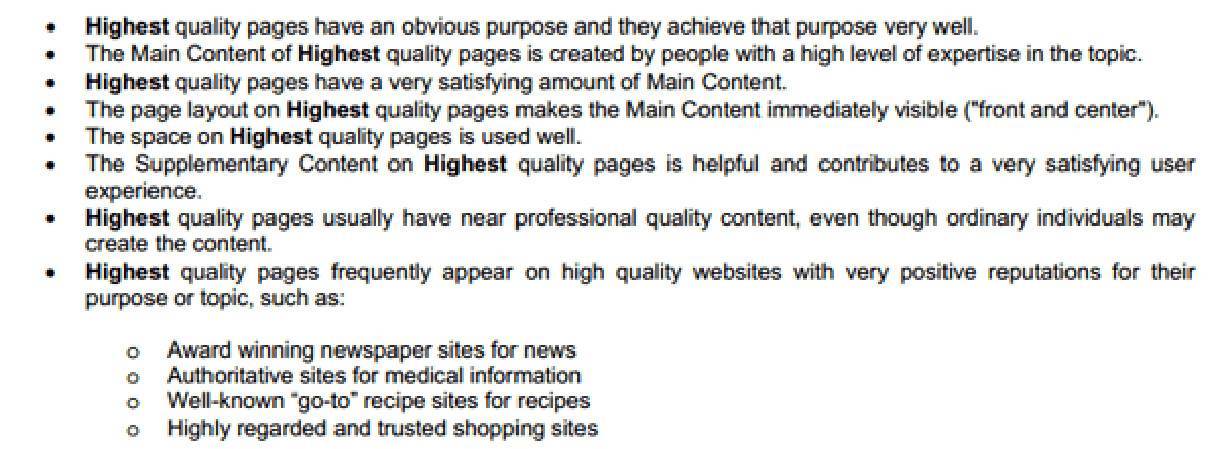

SEO Guidelines Leaked from Google
We’ve heard for some time now that Google employs the help of actual humans to assess the quality of websites in their index, but we’ve never known what specific criteria they used to do so. A recent leak of Google’s guidelines earlier this week has changed all that. The leaked guidelines are actually part of a larger leak, which happened to also include screenshots of the actual pages that the quality raters use to perform their duties.
The Google Raters Quality Scoring Guidelines
Raters are asked to give each landing page or web document an overall grade on a scale that includes Highest, High, Medium, Low or Lowest. The raters are also directed to grade the individual aspects of the page or document including aspects such as “main content” and “layout”. Raters are directed to ignore the location of the page when rating its quality and to avoid thinking about how helpful the page or document might be for a search query. Google states, “Page Quality rating is query-independent, meaning that the rating you assign does not depend on a query”. The guidelines later state that queries help determine the overall utility of a page or document but that it’s the purpose of a page that helps determine its quality. 
Low or Lowest Quality Main Content
The updated guidelines for quality raters shows how Google wants page quality graded and could very well be considered the post-Panda quality content guide for webmasters. If you aren’t yet familiar with Google’s Panda algorithm the update was a move specifically targeting content farms in an effort to remove low quality pages from Google’s index. For an idea of what guidelines are given to determine low and lowest quality content view the screenshots below:
Lowest Quality

Low Quality

High or Highest Quality Main Content
The guidelines for quality raters to determine if a website’s content is of the high or highest quality is centered around four main examples what can usually be considered high or highest quality web content including medical content, hobbies, social networking, and videos. These four areas are considered good sources for high quality content because they often require substantial “time, effort, expertise, and often talent,” Google stated. For an idea of what guidelines are given to determine High and Highest quality content view the screenshots below:
High Quality

Highest Quality

Website Reputation Factors
The leaked document also goes into significant detail on how raters are asked to indicate the reputation of the website that’s associated with the page or document that they’re reviewing. Google provides much detail to teach the raters how to discover a website’s reputation, and the first suggestion after the rater locates the homepage is to do a Google search like [homepage reviews] and [“homepage.com” -site:homepage.com reviews]. Once, that has been covered Google makes a point to distinguish for its raters the difference between popularity and reputation before cautioning the raters to do research and not assume that sites they personally use are automatically reputable.
Is This Really Important?
Yes, for two main reasons! First, it shows us that Google still employs droves of quality raters to train their algorithms as well as to validate certain things the crawlers just can’t do at this time. Second, this 161 page document focuses on organic search from a users view and gives insight as to what Google considers spammy on-page SEO techniques, as well as useful advice for ecommerce store owners. So in closing, we won’t go as far as saying it’s the Holy Grail to getting on the first page of Google but familiarizing yourself with Google’s own guidelines definitely wouldn’t hurt your efforts.




